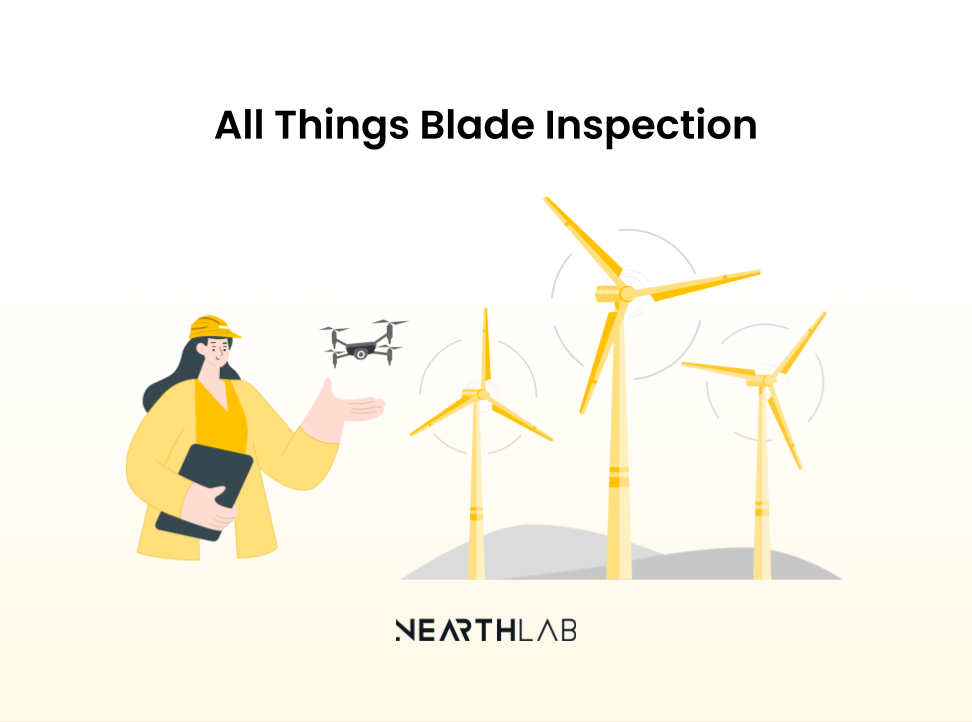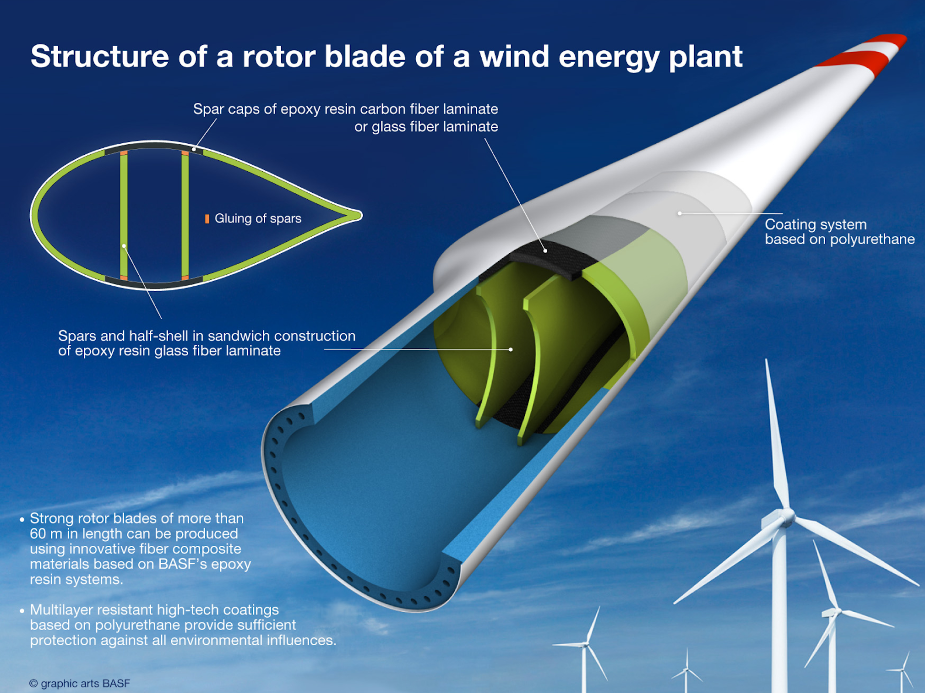
Tick-tock.
That’s the sound of your blades inching toward their final twirl.
Unfortunately, there’s no viable way to stop the clock. Slowing down the tick, though? That much is within our reach.
Timely Inspection is King
Aging doesn’t discriminate.
In the same way Father Time wears heavy on those who fall victim to complications, blades left without routine maintenance protocols bear the brunt of everyday wear and tear.
That’s not to say blade management has to be all doom and gloom. With the right tools that allow for timely inspections, making sure the blades see through the final days of their designated lifespan is very much attainable.
A Thing About Blades
What’s the big deal with blades when other components are just as exposed to surrounding factors and forces, you ask?
Well, for starters, no other parts of the turbine are in constant motion. Blades are unique in the sense that they experience repetitive fatigue loads amplified by turbulent wind flows.

Their unique material composition doesn’t help either. For maximal aerodynamic efficiency, blades are made with composite comprised predominantly of fiberglass, which is susceptible to delamination, erosion, and weather hazards like lightning and water ingress.
All this amounts to nearly 4,000 cases of blade failure reported each year. The actual number is likely to be higher, considering how companies prefer to keep such incidents under wraps to avoid attracting bad press.
Ways to Go About It
Now that we’ve gone over why blade inspections are a must, it’s time we got down to the how part.
Paradigm Shift
Wind farms have long relied on manual processes to look after the blades. And that’s not a knock on operators. There simply hadn’t been a viable alternative until the latter half of the past decade when authorities began relaxing regulations for drones to – no pun intended – spread their wings across industrial sectors.
Since then, the industry has seen an explosion in drone use. Though such a trend can be written off as a classic case of technology leapfrogging human capacity, the fast rise of drone inspections is a bit more nuanced than that.
Old School Approach
There are three ways to go about inspecting blades manually.
- Install scaffolding to get a close-up look.
- Scan the assets from the ground up using a high-resolution camera.
- Bring in rope access technicians and have them climb down all three blades one by one.
Had you been a site manager at an offshore wind farm, you’d be left with no choice but to work with rope access. The other two banks on the premise that there’d be solid grounds on which operations can be performed.
Things don’t get much better onshore. Only so much can lenses zoom in or, by that token, so high the structures can go.
Rope access also comes with its own set of risks. Namely, the entire operation hinges on the optical acuity of the technicians whose lives are hanging by a thread several stories above the ground.
The New Norm
It pays to get your hands dirty in certain cases. Wind turbine blade inspections just aren’t one of them.
While a team of dedicated specialists spends hours squinting and knocking, a drone – a highly autonomous one at that – takes about 15 minutes to collect hundreds of high-resolution images across all three blades.
The difference seems even more pronounced when numbers are taken into account. With the right solutions, wind farms can see up to a 70 and 90 percent drop in inspection and downtime costs, respectively.
Whether it’s for the sake of accuracy, efficiency, or safety, the reasons to tap into drone services are pretty much endless.
How Nearthlab Covers Every Inch of Wind Turbine Blades
Not all drone technology is created equal.
A certain degree of autonomy is required for the drone to provide consistent, reliable data. Otherwise, the success of each inspection would lean on the pilot who, depending on the day, might not show up at their best.
With NearthWIND Pro, that’s no longer a concern. Powered by computer vision and remote sensing models, Nearthlab’s drones fly along an optimal path finetuned through surface detection and object avoidance algorithms all by themselves, catching the tiniest of cracks and defects in an efficient and foolproof fashion.
Of course, not everyone has the wherewithal to pick up full-fledged inspections. That being the case, NearthWIND Mobile is at your service to turn any given off-the-shelf product into an autonomous inspection-ready drone. It’ll have you conduct spot checkups on the fly in no time.
Whichever you go about it, Zoomable will be there to take over once the entire process is done and dusted. After all, what good are streamlined inspections if you burn through days, if not weeks sorting through all that data? From pre and post-processing to defect detection and reporting automation, Zoomable will go the whole nine yards to automate your post-inspection analytics workflow.
Talk to one of our specialists to learn more about how Nearthlab can help make the most out of your inspection efforts.


